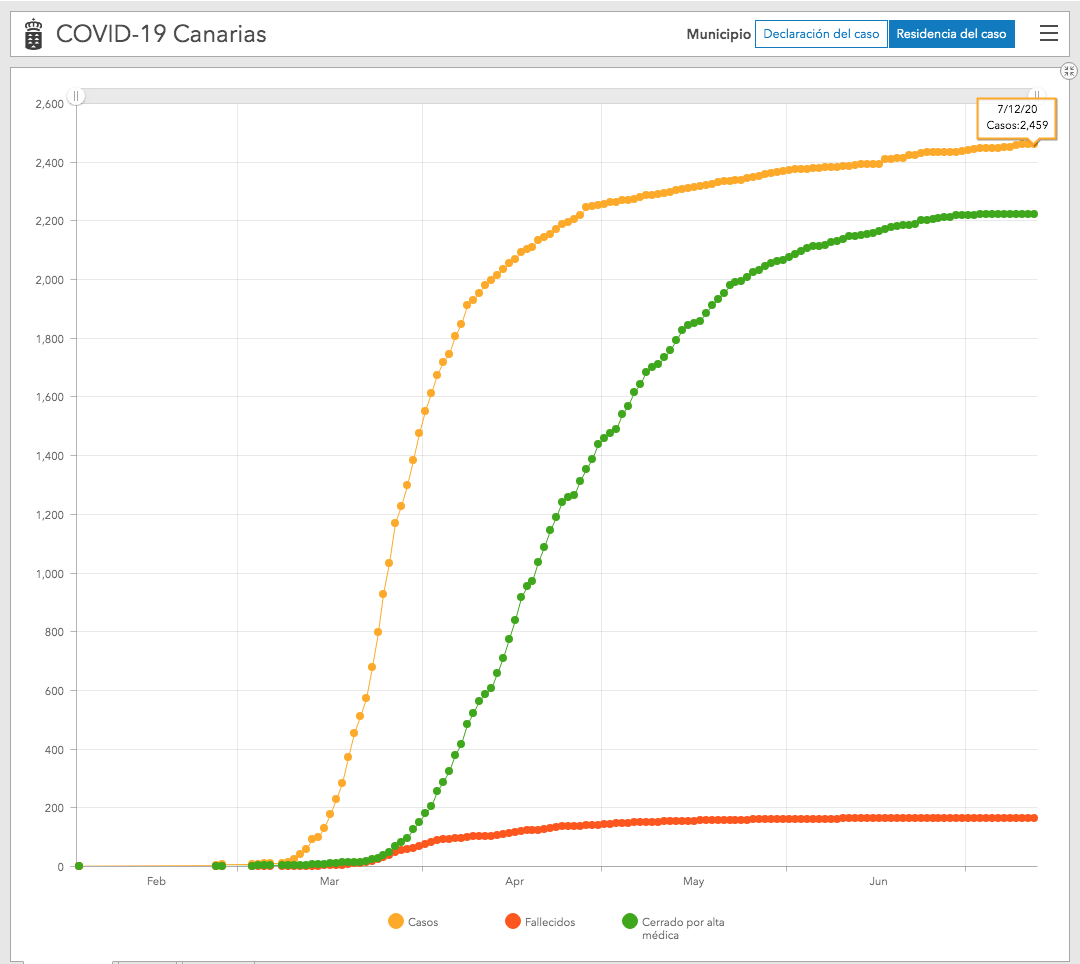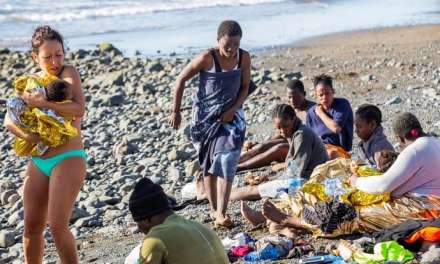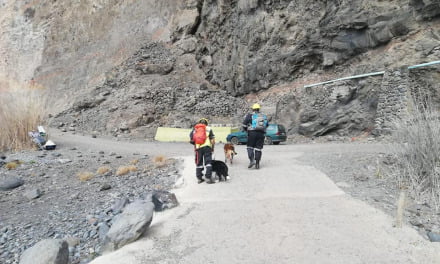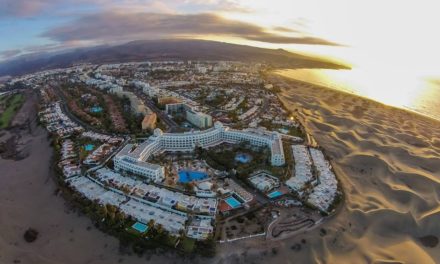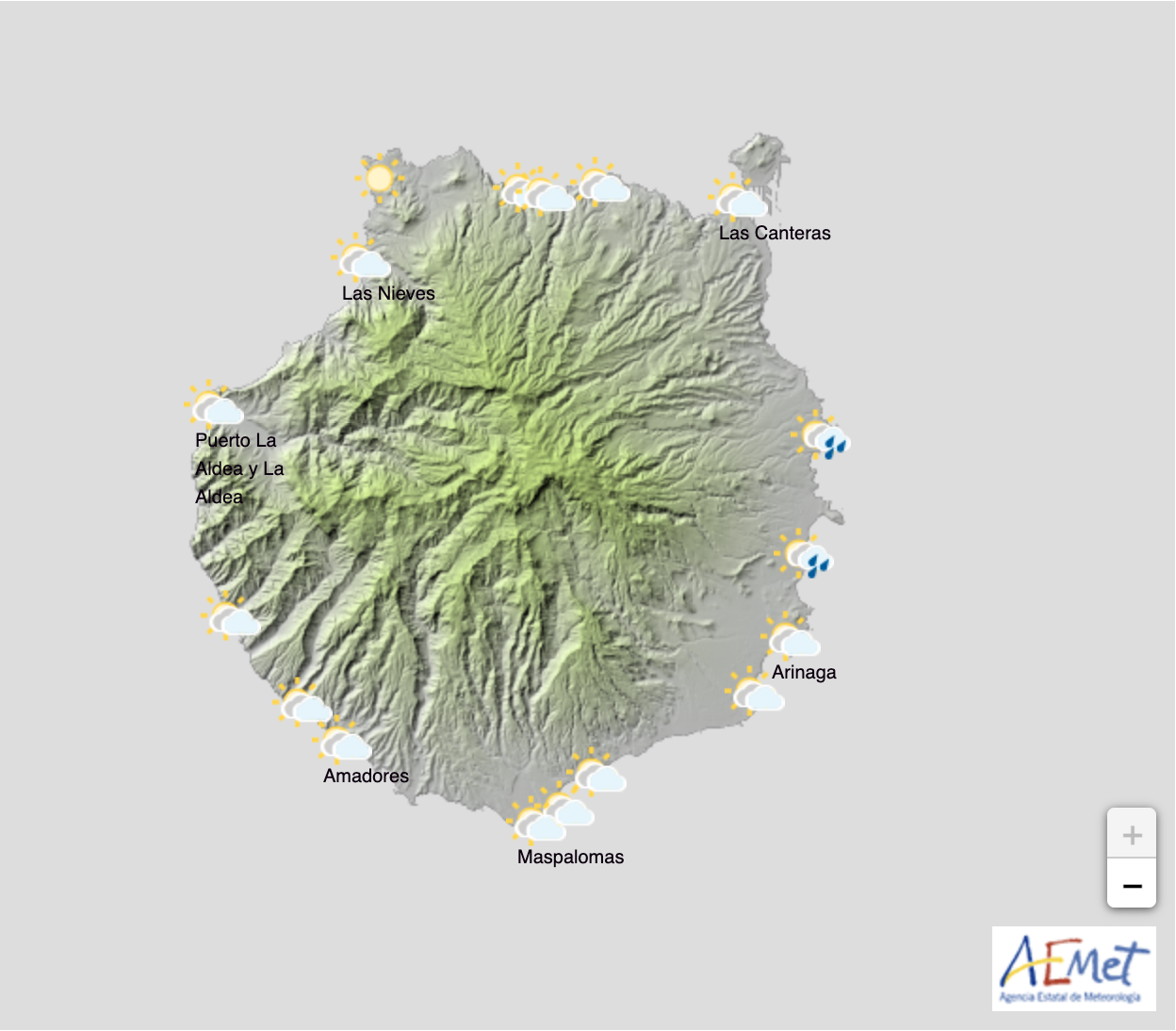 Corona virus, it appears, has almost been completely eradicated on The Canary Islands, but not yet eliminated. The preventative quick actions of the government, regional and local administrations, and the outstanding compliance and cooperation of the resident population has left the region as one of the least affected in numbers of detected cases. As of Saturday July 11 an accumulated 2,459 people had been confirmed to have contracted the condition, and 2,224 of those have already been certified as having completely recovered.
Corona virus, it appears, has almost been completely eradicated on The Canary Islands, but not yet eliminated. The preventative quick actions of the government, regional and local administrations, and the outstanding compliance and cooperation of the resident population has left the region as one of the least affected in numbers of detected cases. As of Saturday July 11 an accumulated 2,459 people had been confirmed to have contracted the condition, and 2,224 of those have already been certified as having completely recovered.
162 people have been reported dead from the virus, and the last report of this kind was on June 10.
You will find all of our latest data related to Covid-19 on Canary Islands here
As of July 12 2020 the number of cases on each island in the region stands at-
 Tenerife: 8 active, 1387 recovered, 110 dead of a total 1505 detected
Tenerife: 8 active, 1387 recovered, 110 dead of a total 1505 detected
Gran Canaria: 14 active, 561 recovered, 39 dead of a total 614 detected
La Palma: 0 active, 100 recovered, 7 dead of a total 107 detected
Lanzarote: 6 active, 79 recovered, 6 dead of a total 91 detected
Fuerteventura: 41 active, 47 recovered, 0 dead of a total 88 detected
La Gomera: 0 active, 8 recovered, 0 dead of a total 8 detected
El Hierro: 0 active, 3 recovered, 0 dead of a total 3 detected
La Graciosa: 0 active, 0 recovered, 0 dead of a total 0 detected
 Of course none of this is over with, however this latest milestone is a clear sign of how well this regional community of just over 2.1 million people has succeeded in the face of the global pandemic. Even in spite of tourism shutting down completely, only starting to open up again now, along with much of the world economy in an event that will likely have repercussions for many years to come.
Of course none of this is over with, however this latest milestone is a clear sign of how well this regional community of just over 2.1 million people has succeeded in the face of the global pandemic. Even in spite of tourism shutting down completely, only starting to open up again now, along with much of the world economy in an event that will likely have repercussions for many years to come.
Here on the islands cases rose sharply throughout March, at one point by more than 15% (well over 100 cases detected every day), before slowing to around 8% to the first week in April, when the increases had started to flatten significantly. Throughout May and June the epidemic curve, the average daily increase in detected new infections in the Archipelago, was slowing to a rate of between 3 and 4%, continuing to slow through the end of the State of Emergency in June, by which time the curve had reduced considerably to stand at just 0.8% daily.
Throughout July 2020, we have reached some kind of equilibrium, with people continuing to recover, and new cases continuing to be found, with currently 73 cases active in the region, more than half of which, it must be pointed out, are in fact due to newly quarantined arrivals detected aboard migrant boats rescued from the Atlantic, to stand at a current daily average increased of 1.6%. An outstanding achievement.
The lingering number of 73 active cases in the Archipelago includes 38 people affected, including a minor, newly detected positive, who have all been in a quarantine for almost a month, with hardly any symptoms, yet continue to test positive for Covid-19 in the PCRs that are carried out every two days . These 38 unfortunate, provided for and kept in isolation by the Canary Islands government, were joined by five new arrivals on Lanzarote last Wednesday, who also tested positive.
One new imported case of coronavirus was diagnosed on Saturday when a man of Mexican nationality, resident in Lanzarote, tested positive having arriving on the island after travelling from his country. Right now he is isolated at the Doctor José Molina Orosa Hospital in Arrecife.

